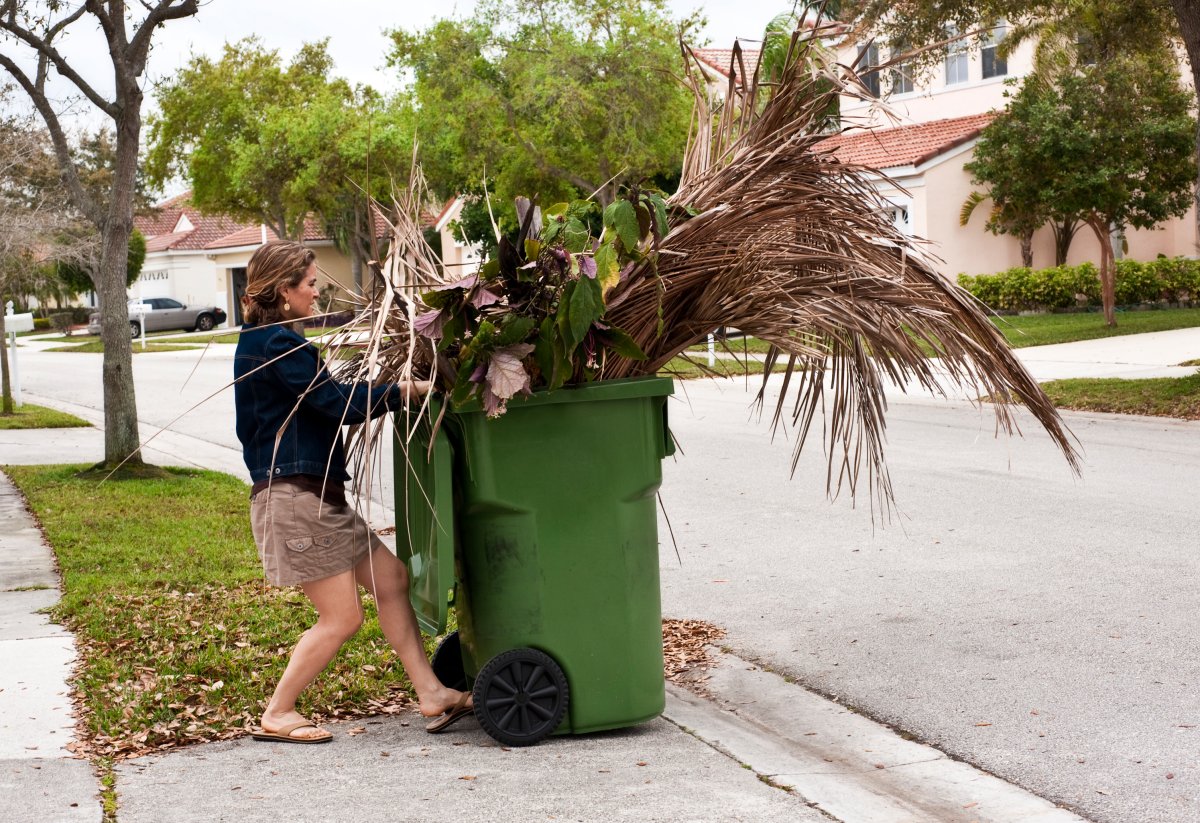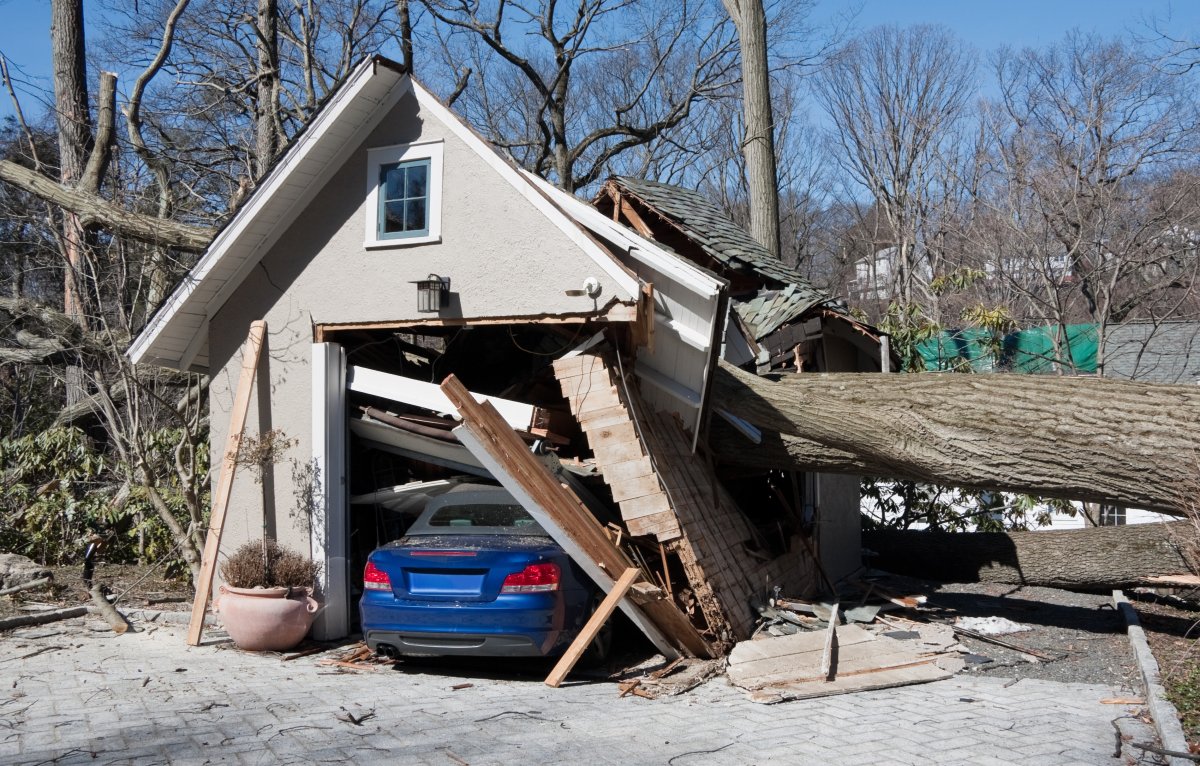

We may earn revenue from the products available on this page and participate in affiliate programs. Learn More ›
Homeowners are facing rising insurance costs, with the cost of home insurance expected to increase 8 percent by the end of 2025 to a national average of $3,520, according to Insurify. This is on top of a 20 percent increase in the past 2 years. Expect to pay about $260 more on home insurance premiums by the end of the year. And if you live in California, Louisiana, Iowa, Minnesota, or Hawaii, your home insurance rates could rise by 15 percent.
What’s causing this upsurge? Severe weather, such as wildfires out West, hurricanes in the South, and hail in the Midwest, which continue to increase in intensity and frequency, have resulted in larger financial losses and higher claim payouts by insurance companies. Therefore, they are raising rates for everyone across the country to cover the costs.
This is an opportune time to review your homeowners insurance policy to really understand what it includes. Many people don’t realize all that plans cover, and potentially leave thousands of dollars on the table when disaster strikes. Here are some home insurance perks that often go unused, according to insurance experts we consulted.
Loss of Use/Additional Living Expenses
Getting reimbursed for living expenses if your home is damaged after a storm, fire, or other covered natural disaster or event is probably the biggest missed opportunity for homeowners, says Paul Schneider, insurance agent and owner of Schneider and Associates Insurance Agencies in Florida. “Most policies include this automatically but hardly anyone knows about it,” he says. When a hurricane damaged one of his client’s homes, the home’s policy covered hotel stays, restaurant meals, and storage costs for 8 months while repairs were being done to their home, totaling $28,000.
Angelo Crocco, CPA, CGMA, and owner of AC Accounting in New Jersey, has noticed that most people don’t realize their policy may pay for a temporary rental if their home becomes unlivable from a covered event. “This isn’t just hotel bills; it can include food, laundry, pet boarding, and even mileage if your commute changes,” he explains. “But too many families pay out of pocket, not knowing this is built in. It’s a lifesaver in crisis moments and one of the most underused parts of standard coverage.”

Debris Removal Coverage
Most homeowners insurance policies cover the cost of removing trees, shrubs, and other landscaping damaged by wind, lightning, or vandalism. This is helpful since the cost of debris removal can quickly add up, especially if the job requires heavy equipment. “We tend to think of our home as just the physical structures, but trees and landscaping can be expensive to remove and replace,” says Susan Meyer, insurance analyst at The Zebra. “Your homeowners insurance is most likely to cover the removal of a tree if it fell on your house or other structure or is blocking a driveway or other entrance to the property.” However, this is not always the case, and the policy still might cover tree or debris removal even if there is no damage to your house. Keep in mind that coverage is often maxed out at 5 percent or a flat amount.
Ordinance and Law Coverage
Ordinance or law coverage steps in if homeowners need to rebuild their home after serious damage and the local building codes require certain updates, such as upgrading plumbing, insulation, or electrical work. “Ordinance and law coverage saves people thousands when rebuilding,” explains Schneider. “If your home was built in 1980 but gets destroyed, you have to rebuild to current codes—which costs way more. This coverage bridges that gap, but most homeowners have no idea it’s sitting right there in their policy.”
Collapse Coverage for Other Structures
The most surprising coverage that John Crist, founder of Prestizia Insurance in Dallas, Texas, helps clients find is collapse coverage for other standalone structures that aren’t physically attached to your home. “Your detached garage, shed, or fence is often covered if it collapses from the weight of ice or snow, even if your main house is fine,” says Crist.
Last winter, Crist processed a claim for which a client’s workshop roof collapsed under ice weight, and $12,000 in repair costs were fully covered. These details typically appear under Coverage B in your policy and include 10 percent of the dwelling coverage amount. Other structures the clause might cover include mailboxes, gazebos, pergolas, outdoor kitchens, decks, barns, guest houses, and even chicken coops.

Spoiled Food Coverage
In addition to knowing what your insurance policy doesn’t cover, it’s important to check for coverage of even small losses, which can add up. Dealing with spoiled food in your refrigerator or freezer during a power outage from a hurricane or winter storm is one such annoyance. Many homeowners don’t realize that their insurance policy might cover reimbursement for costs incurred to replace lost food. This can be covered under personal property, says Crocco. “People don’t bother claiming it because they don’t know or think it’s too small, but it adds up over time,” says Crocco. To help make the claim process easier, document details of the incident and save your shopping receipts.
Identity Theft
If you’ve ever had your identity stolen, you know what a prolonged, stressful ordeal that can be. You could be stuck with fees while trying to restore your credit, such as lost wages, the cost of hiring an attorney, and notary fees. Check your homeowners insurance because some policies cover identity theft, such as stolen credit cards or check fraud, as a rider or endorsement. “Some policies include services to help you restore your credit and manage the fallout if someone steals your identity, while some may even offer some reimbursement for stolen funds,” explains Meyer. Look closely, because it is often tucked away in the Additional Protections section of your policy.
